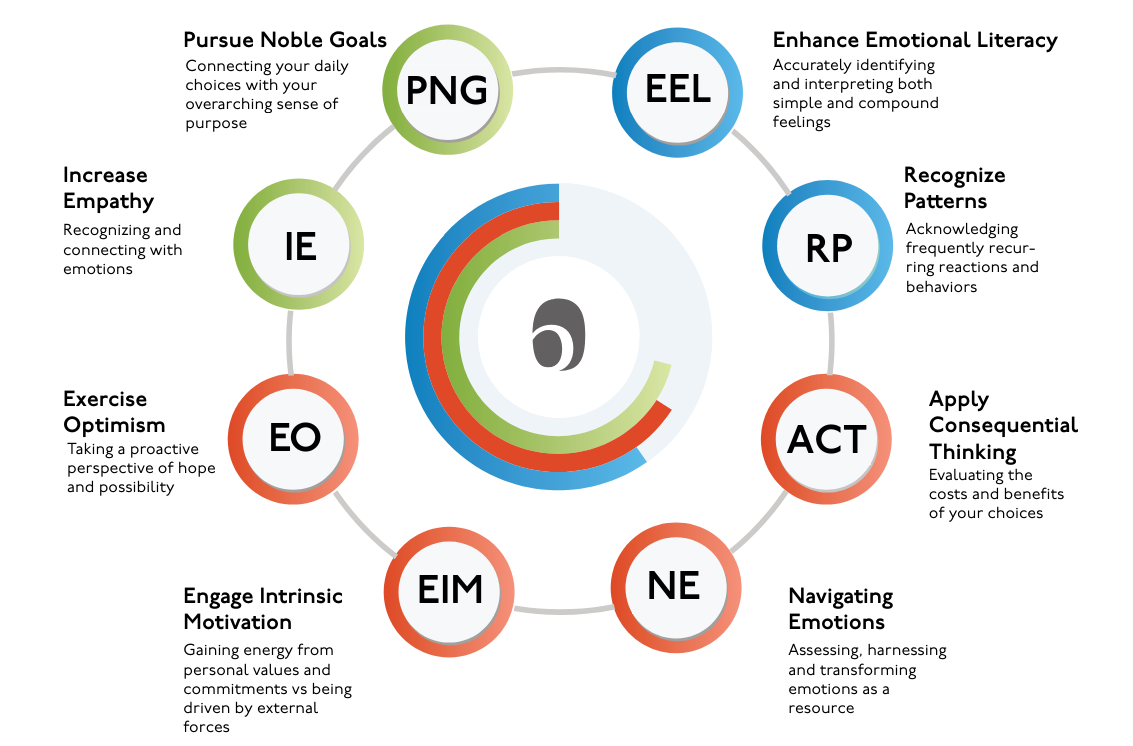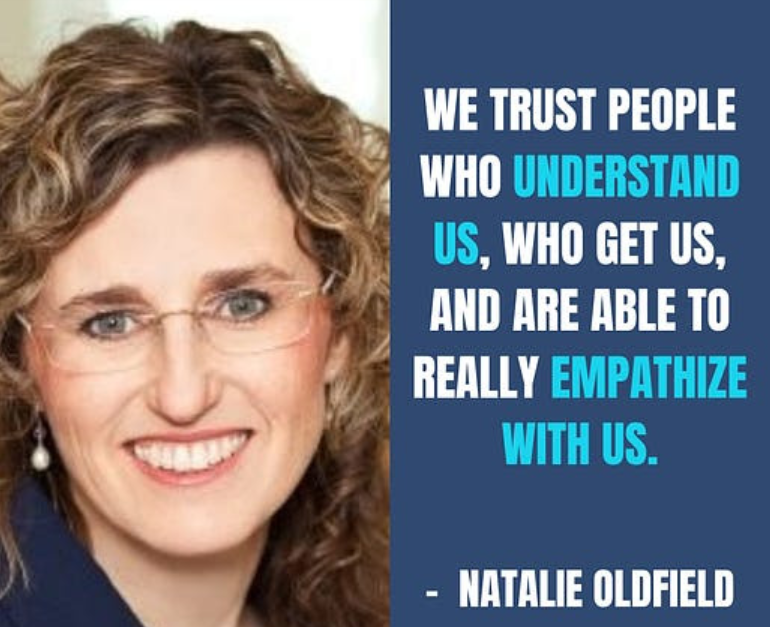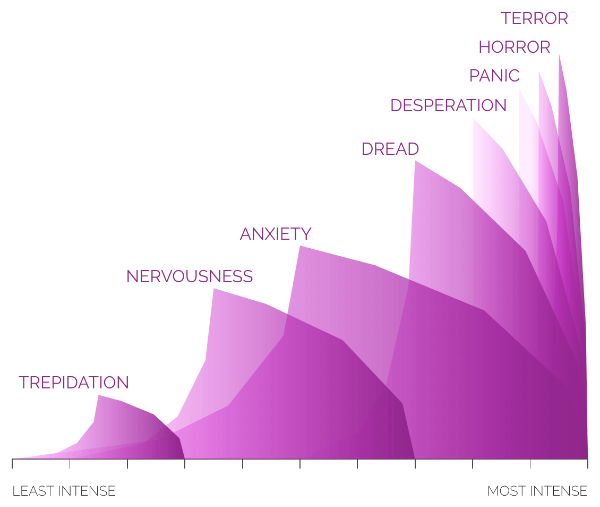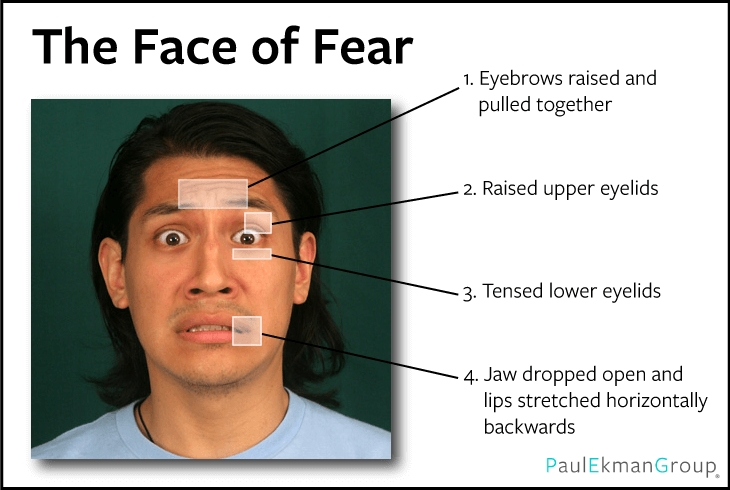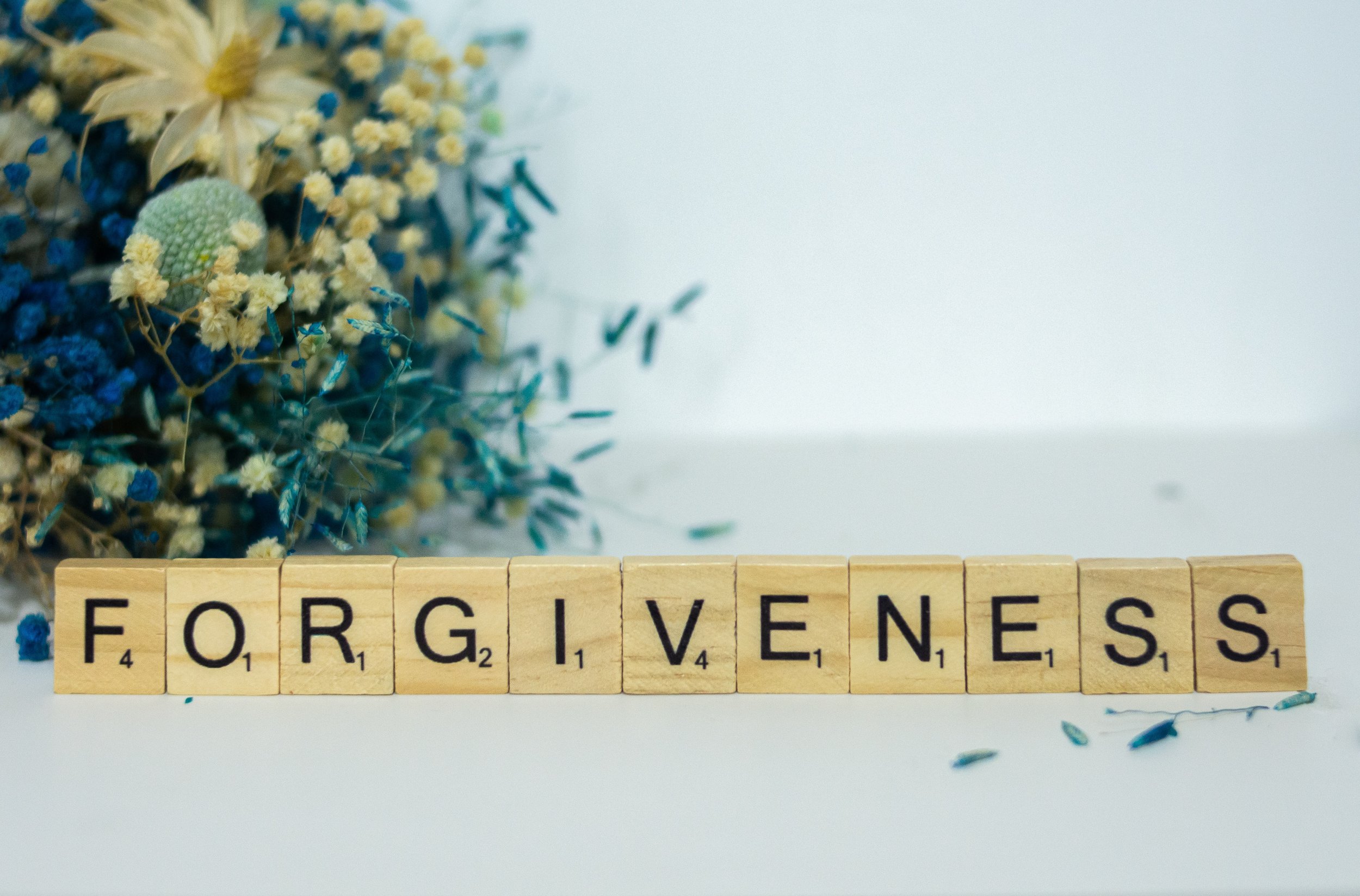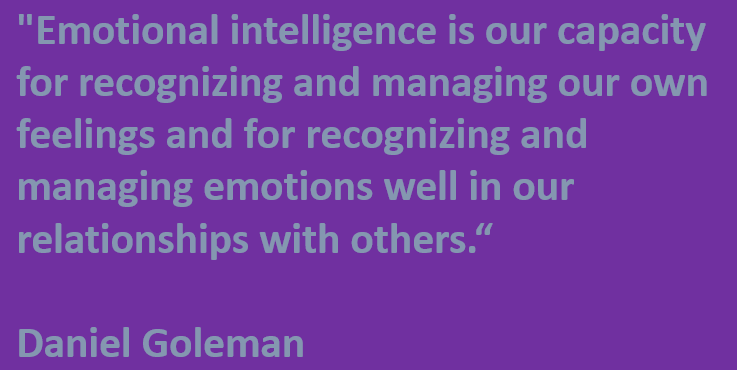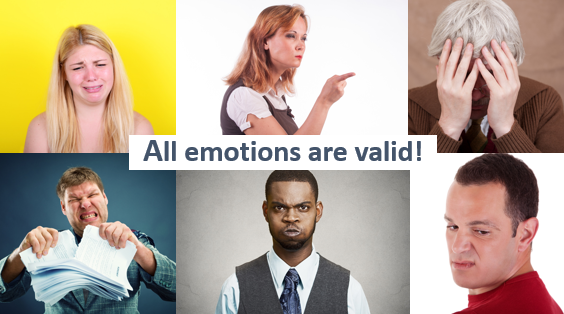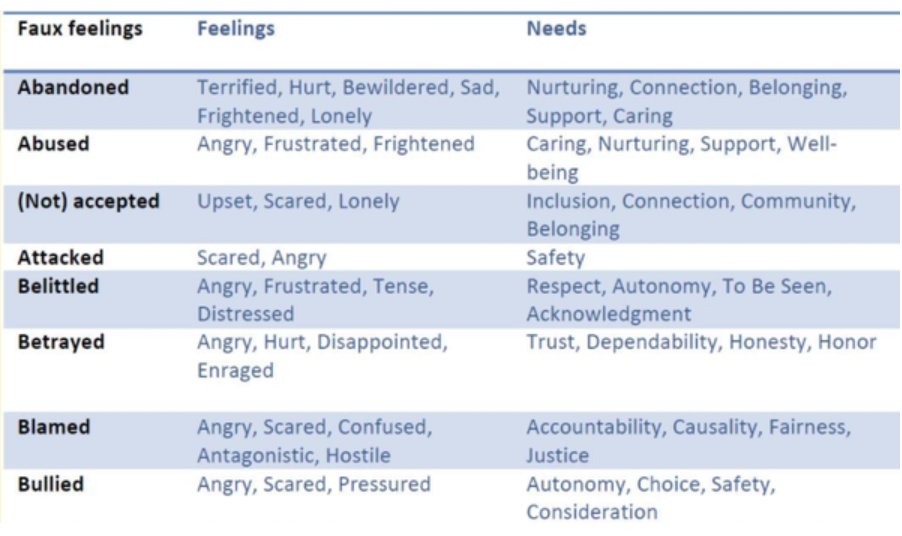Source: ChatGPT
Five Practices for a Healthier Emotional Life
Inside Out 2 teaches that all emotions are useful, the difficult ones included. So how do we accept and work with our feelings?
BY LAINIE ROWELL | JUNE 13, 2024
The much-anticipated sequel Inside Out 2 premieres in theaters, making it a perfect time to revisit the science behind the original 2015 Pixar hit that brought psychological research into the public eye and emphasized the importance of embracing all emotions.
I recently talked with Dacher Keltner, one of the world’s foremost emotion scientists, the cofounder and faculty director of the Greater Good Science Center, and the scientific consultant for the first Inside Out. His collaboration with Pixar brought the science of emotion to the public in an engaging and impactful way.
His message to the creators of Inside Out was that what we often label as negative emotions—such as sadness, anger, and fear—are not just inevitable parts of being human but are essential to our emotional and psychological health. “All of the emotions have their purpose,” says Keltner. “Even an emotion like envy can lead you to good things if you use it in the right way and don’t hurt people.”
Sadness, anger, and fear connect us deeply with others, foster empathy, and serve as crucial alerts in our lives. Rather than suppress these feelings, argues Keltner, we should acknowledge and manage them. In some contexts, we may even want to lean into these emotions. For example, we might want to leverage an emotion such as anger in competitive settings like sports or an academic debate.
Keltner’s work continued with Inside Out 2, which explores more complex emotions such as anxiety. That’s timely, given that 30–40% of young people are grappling with anxiety or depression. As the founding director of the Yale Center for Emotional Intelligence, Marc Brackett, explains, anxiety does serve a purpose, like all so-called negative emotions.
“Anxiety narrows our attention and improves our focus on details,” Brackett says. “It makes us anticipate what could go wrong. That may not seem like a feeling we’d welcome, but it’s a good frame of mind when we’re performing tasks involving numbers, such as finances.” Anxiety, while uncomfortable, prepares us for effective action by alerting us to potential dangers.
“The film arrives at a thesis that really you can find in all the great contemplative traditions, like Buddhist meditation, prayer, etc.: Be kind to yourself, be open and accepting of all human experiences,” says Keltner.
We need these emotions to guide us, serving as signals and signposts that help us stay safe—even alerting us when professional help may be necessary, especially when these intense and unpleasant feelings are pervasive and relentless.
Thus, embracing the full spectrum of emotions helps us understand their purpose and manage them effectively. According to Keltner, Brackett, and other emotion scientists, the goal isn’t to completely eliminate certain emotions but to regulate them so that we don’t have too many occurrences, can avoid overreaction, and don’t stay in those unpleasant emotions too long.
But how do we do that? Managing unpleasant emotions effectively involves more than just understanding them; it requires active engagement in practices that transform our relationship with these emotions. Here are insights and strategies I’ve gleaned from a few of my interviews with leading social scientists and my own exploration into the science.
Self-compassion: “The self-criticism that my students at Yale experience is just terrible,” says Laurie Santos of Yale University. She teaches that a better path to pursuing their goals and to motivating themselves could be through more self-compassion. She went on to share, “When they try it out, they start to realize . . . being kind to myself is actually pretty helpful and makes me procrastinate less and obviously makes me a lot happier.”
Strategy: Write a letter to yourself from a compassionate friend’s perspective. This form of psychological distancing has us using “you” and “your” and could look something like, “You’ve been pushing yourself really hard. Just a reminder that perfection isn’t the goal; progress is. Every step you take is bringing you closer to where you want to be. Keep going. You’re doing your best, and that’s enough.”
Self-Compassionate Letter
Stop beating yourself up for flaws and mistakes
Awe: Dacher Keltner describes awe as essential for mental and physical well-being. “There’s nothing better for you than a few minutes of awe,” claims Keltner. “It’s good for your immune system, it’s good for your heart, it’s good for your digestion, it’s good for your brain, it’s good for your sense of self, it’s good for your relationships.” This emphasizes how everyday encounters with awe can transform our lives.
Strategy: Everyday awe is attainable; we can use “awe outings” to appreciate the physical vastness and novelty in the world around us. Reflect on these transcendent moments to amplify their benefits and share the wonder with others to boost connectedness.
Awe Outing
Find wonder and inspiration in the world outside
Gratitude: Science reveals that gratitude can have an outsized, positive effect on well-being and relationships. Researcher Andrea Hussong suggests a practical approach to practicing gratitude focusing on “notice, think, feel, do”:
Notice the things in your life that you can be grateful for.
Think deeply about why you have been given this thing you value.
Reflect on how you feel about the gift you have been given.
What can you do to express appreciation?
The first three prompts are really about reflecting to experience gratitude, and the last prompt is a call to action to express gratitude.
Strategy: Gratitude journaling leads to better health and happiness, and there is no one way to do it. Consider using the “notice, think, feel, do” approach in your journaling to deepen the practice. We want to focus on depth over breadth and get specific on what we are grateful for. Possible topics include everyday things, family members, friends, health, coincidences, nature, experiences, tough times, places, or life lessons.
Gratitude Journal
Count your blessings and enjoy better health and happiness
Connection: Robert Waldinger’s research underscores the importance of maintaining robust social connections, which he calls “social fitness,” for both emotional and physical health. He shares, “‘Social fitness’ was a way to signal this is something you want to do every day, every week, small actions, just to keep in contact with the people you care about and to strengthen the connections you have with the people who are most important to you.” The power of our social bonds are not just about grand gestures, but more about the small, consistent acts of connection.
Strategy: Enhance social fitness by engaging in regular social activities, maintaining friendships, and participating in community events that cultivate strong interpersonal bonds. We can even make small talk with a stranger for social fitness.
Small Talk
Strike up a brief conversation with a stranger to feel happier
Kindness: “No one has ever become poor by giving,” Anne Frank famously noted, illustrating how prosocial behavior not only nurtures relationships but also plays a crucial role in our happiness. Performing acts of kindness mitigates stress and improves our mood, creating a cycle of positivity that strengthens our emotional resilience and enriches our social interactions.
Strategy: Even small acts of kindness can have a huge impact on the giver and the receiver. This could be anything from complimenting a coworker, helping a neighbor, or sending a thoughtful message to a friend. Capturing these acts in a journal can also magnify the positive results, making us more aware of our contributions to others’ happiness and our own.
Random Acts of Kindness
How to feel happier by doing things for others
These practices not only regulate emotions and reduce stress but also promote a greater sense of community. Keltner points out that “one of the fascinating things about the transcendent emotions—awe, compassion, gratitude, bliss, joy—is that they potentiate each other. And in a state of awe, what our studies show is people feel more generous, more cooperative, more humble, less self-focused. They’re more likely to see the humanity in other people.”
Every emotion, from joy to jealousy, sadness to satisfaction, has a purpose in our lives. As demonstrated in Inside Out and further explored in Inside Out 2, these emotions are not random but are essential components of our human experience, uniquely contributing to our personal growth and understanding.
Reflecting on the sequel, Keltner highlights a vital message: “I think [Inside Out 2] has a profoundly important message for our time about young people accepting themselves and valuing the right things, like friendship.” This insight underlines the significance of self-acceptance and the value of meaningful relationships in navigating today’s complex emotional landscapes.
Let’s actively engage with one of the strategies we’ve discussed—whether it’s taking awe outings, practicing positive self-talk, or strengthening social connections—and integrate it regularly into our lives. Learning from our emotions and applying these strategies, we can thrive, becoming more resilient and compassionate individually and collectively.
© 2024 The Greater Good Science Center at the University of California, Berkeley
Lainie Rowell is a bestselling author, award-winning educator, and TEDx speaker. She is dedicated to human flourishing, focusing on community building, social-emotional learning, and honoring what makes each of us unique and dynamic through learner-driven design. She earned her degree in psychology and went on to earn postgraduate degrees in education. An international keynote speaker, Lainie has presented in 41 states as well as in dozens of countries across four continents. She is the author of Evolving with Gratitude and the lead author of Evolving Learner. Her latest, Bold Gratitude: The Journal Designed for You & By You, is an innovative and interactive gratitude journal that empowers individuals of all ages to embrace their unique preferences and express gratitude in their own way.




